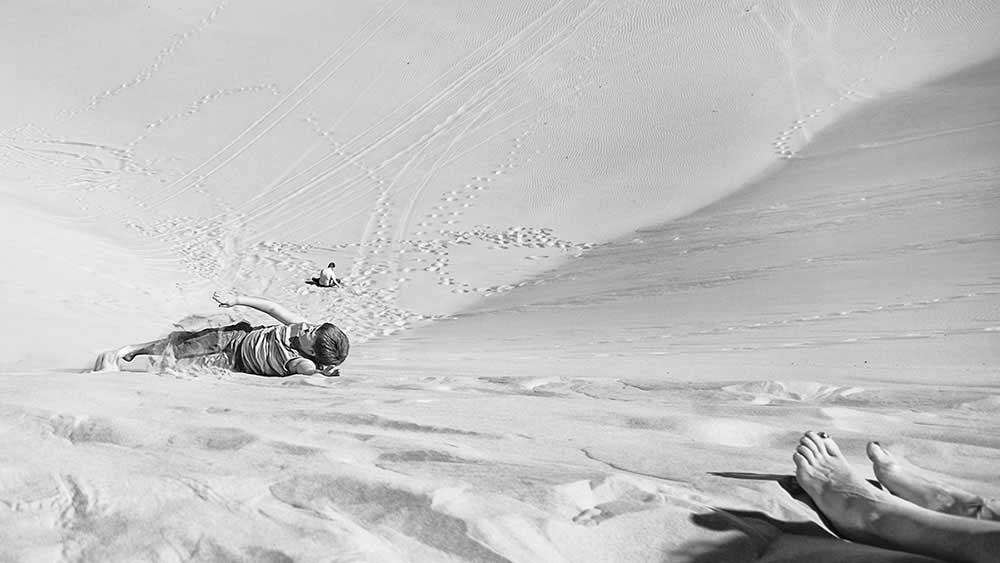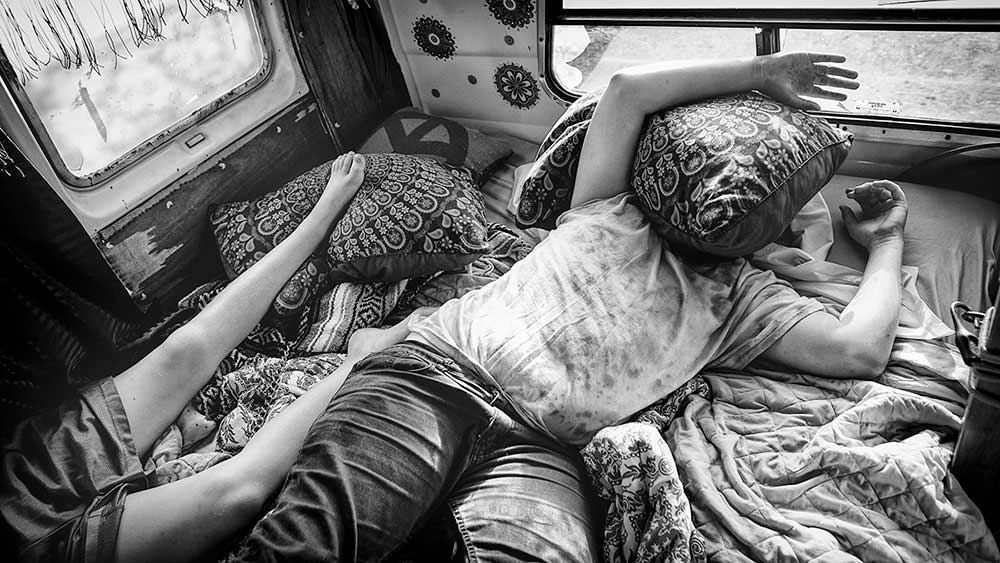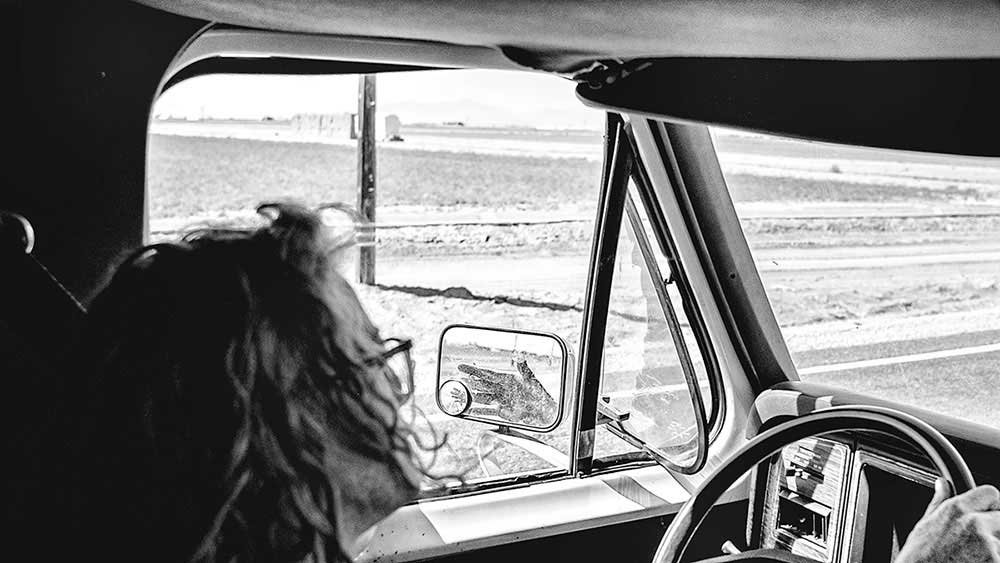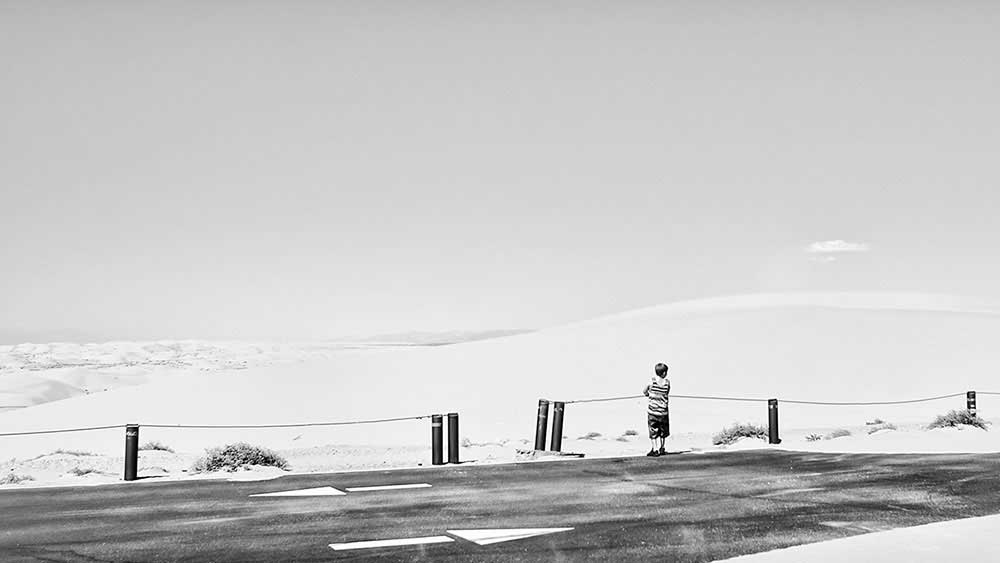Born in France, I’ve lived in Spain and now enjoy a life in New York City. A self-taught photographer, I am inspired by traditional black-and-white humanist photography, particularly the great masters like Sebastiao Salgado and Raymond Depardon; Mary Ellen Mark, Robert Franck or Dorothea Lange.
Traveling around the globe, I create photo essays that cross art photography with photojournalism. I attach importance to producing an elegant photo in a geographical, social and humanistic context, with an emphasis on the latter. By catching the eyes of another, I seek a moment and a connection—in the humblest way—with the human soul. Even more, I want these simple shots of everyday life to raise questions. After my time in the United States, topics related to politics, migration and the diversity of the American Continent—both the North and the South—have gained particular interest.
Finally, I choose to make primarily black-and-white photographs in order to create a particular relationship between the viewer and the print. Black-and-white encourages a certain distance from the subject, keeping the meaning of the photo open and fluid. I appreciate when the viewer’s eyes are guided subtly and gently through tone and light, allowing each person to slip into her or her interpretation and quietly find their own meaning within. [Official Website][Print Edition]
In some strange way this photographic project is quite powerful. In a world in which we have become accustomed and happy with the luxuries of having a home, security, a steady paycheck. ‘Blowin’in the wind’ showcases a collection of images that aims to disrupt this and break free from the tension of what we consider ‘normal life’. I would like to know how you came to photograph this small family and what circumstances drove you as a photographer to also accompany them on this freedom mission?
I met Día and his children by chance. It was in Slab City, in April 2018. Slab City is a former military base located in the California desert, between Palm Spring and the Mexican border. This base was dismantled at the end of the Second World War, and it was transformed into a vast desert area. Today there live, by a degree or by force, people on the fringes of American society. As they say, “It’s the last free place in America.” I was in Slab City for a photography project, and as I was going back and forth between the caravans, tents, and trailers scattered around this area, I saw a woman and her two children getting out of their van. I introduced myself, and we chatted. Dia then told me her story and revealed her dream: to live free and follow the road in her van, if possible. We decided to stay in touch, and for months, I could appreciate her adventures on social media. In September 2018, I contacted her again, and she agreed I spend time with them and report their new life on the roads of California.
I was so fascinated by her story and her decision to abandon everything to fulfill her dream! We organized ourselves, and one Sunday in October, we met again around Slab City. And that’s where the project started! It was all a matter of mutual trust and respect. And it worked.
As I was reviewing your images, I noticed one in particular, the kids rolling down a sand dune. Compositionally the image was great, and I loved its interesting angle. Could you describe to us a little bit about how you came to photograph this and where about in the US this was taken?
I also like this photo very much. Dia wanted her children to discover Imperial Sand Dune. It is a dune desert located in southern California. It reminds the Sahara. The landscape is impressive and fascinating! The children played to jumping from the top of the dunes. It was very funny. I took advantage of these moments to take some photos. I was interested in this vertiginous dive caused by the children’s play and the point of view of the photo. The off-field is also essential in this photo. Dia is evoked with her legs pointing towards the children. Here, as in the entire series (except the last image), Dia is suggested. We don’t see her clearly; we have to imagine her. It is something that I wanted: that each one can identify with Día and thus become a person who realizes their own dreams. In this way, Día’s adventure also takes on a collective value.
Continuing on from my previous question of the sand dunes, one statement that stuck out to me was Dia’s decision to not take her children to school, rather to teach them real human values and create a lot of memories. One image in particular exemplifies this stripping away of formal education and highlights the intensity of the unknown. The image of the child looking over the vast sand dune on the main road is a great shot, it’s both innocent and foreshadows the spirit of adventure. Were you ever able to discuss with Dia her choice to take her children away from school and educate them in a different way, as well as the decision to begin a life on the road?
Dia decided to live this dream with her children. For her, it was a way of showing them that another life is possible and that they should not give up their dreams. It is evident that during the time this adventure lasted, the children did not go to school. But Día explained to me that they spent time in libraries, that she tried to teach them. For her, it was also important that her children learn things that are not studied in school. She wanted her children to have concrete experiences and to meet people they would not have known without this trip that lasted something like a year. I don’t know how she talked about her project to her children; I don’t know how they prepared it either. But she told me that her family encouraged her in her decision and did not stop supporting her. Her family and friends are proud of her: I could see it in the comments they usually leave on social networks.
Was is Dia’s intention leaving behind a normal life what initially attracted you to document such a project? As you stated in your bio, you mainly focus on humanitarian photography and photojournalism. Some of the images under this collection are taken from inside of a vehicle, a perspective that is reminiscent of a life of adventure and fulfillment. During your stay with Dia and her sons, did you similarly adopt this nomad life and focused on simply being?
When we started the project with Dia and her children, we didn’t know exactly how we were going to organize ourselves. But the idea was for me to follow them as closely as possible and for as long as possible. It’s what we did: we spent a lot of time together, in and out of the van. Quickly, the family acted as if I was not there, and I was able to attend their daily life. We also chatted a lot, Día and I. These moments were crucial. But I would not spend my nights with them in the van. Día would drop me off at a motel and come for me the next day. So I can’t say that I fully adopted the way of life of Dia and her children but what I experienced was intense and unusual.
I would like to conclude this interview by asking you about your departure from this family and if this experience personally affected you and the way you view certain things today?
After about t10 days, I had to leave. We said goodbye to each other in San Diego. But since then, we’ve kept in touch thanks to social media. Sometimes we send messages and have news from each other. Several photos in this series have been exhibited in galleries in the US or France, for example. I let her know when this happens. Día also is aware of the publication in Dodho Magazine. She is happy and proud to see her story spread. Día also knows the publication in Dodho Magazine. She is happy and proud to see her story spread out. It was a great privilege for me to live this adventure. I have been able to see from awfully close the life of an American family that decided to live something different. There is a lesson here about the priorities and directions we give to our lives. I think that a quite special friendship developed between Juana and me. I hope that one day we will meet again, and we can continue this first photographic experience.
Francesco Scalici
A recent MA graduate from the University of Lincoln, Francesco has now focused on landscape photography as the basis of his photographic platform. An author for DODHO magazine, Francesco’s interest in documentary photography has turned to writing and has had various articles, interviews and book reviews published on platforms such as: ‘All About Photo.com’, ‘Float Magazine’ and ‘Life Framer Magazine’. Currently on a photographic internship, Francesco has most recently been involved in the making of a short film titled: ‘No One Else’, directed by Pedro Sanchez Román and produced my Martin Nuza.












